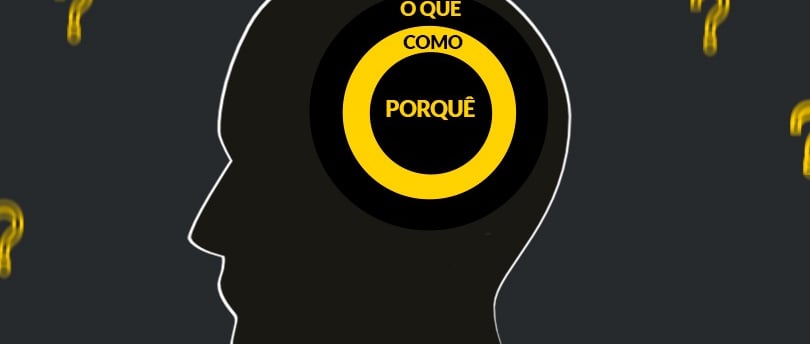How Great Leaders Inspire Action
Simon Sinek


How Great Leaders Inspire Action: Challenging Assumptions
Why do some people and organizations manage to defy expectations and inspire crowds? Examples like Apple, Martin Luther King, and the Wright brothers show that the difference isn’t just in what they do, but in how and why they do it. These leaders think, act, and communicate in a completely different way. This phenomenon is explained by the "Golden Circle": Why? How? What?
The Golden Circle
What: Everyone knows what they do. For example, companies know they sell products or services.
How: Some know how they do it, meaning their processes and strategies.
Why: Few know why they do what they do. The "why" refers to their purpose, cause, or belief.
Inspiring companies and leaders communicate from the inside out, starting with the "why."
Apple Example
If Apple were like any other company, they would say:
"We make great computers. They're well-designed, easy to use, and friendly. Want to buy one?"
But what they actually say is:
"Everything we do, we believe in challenging the status quo. We believe in thinking differently. We make beautifully designed, easy-to-use, and friendly products. By the way, we make great computers. Want to buy one?"
This approach connects to deeper emotional motivations, creating unique loyalty.
The Power of "Why"
People don’t buy what you do; they buy why you do it. This concept explains why we’re willing to buy different Apple products or engage in movements led by figures like Martin Luther King.
Success and Failure Stories
Success: Martin Luther King inspired 250,000 people to march on Washington because he shared his beliefs, not just his action plan. He didn’t say, "I have a plan"; he said, "I have a dream."
Failure: TiVo, an advanced digital recorder, failed commercially because it communicated only the "what" (product features) instead of inspiring with a compelling "why."
The Biological Basis of Inspiration
The Golden Circle aligns with the structure of the human brain:
Neocortex: Responsible for rational and linguistic thinking. Relates to the "what."
Limbic System: Controls feelings like loyalty and trust, and is responsible for making decisions. It relates to the "why" and "how."
By communicating from the inside out, you activate emotions and create deep connections, significantly influencing behavior.
Inspiring Examples
The Wright Brothers
Samuel Pierpont Langley had all the resources to be the first to fly: funding, connections, and the best talent. But it was Orville and Wilbur Wright, with few resources, who achieved powered flight. The difference? They had a clear purpose: they believed flight would change the world. Langley was driven by the pursuit of fame and fortune.
The Diffusion of Innovation
According to the "Law of Diffusion of Innovation," ideas achieve mass success by reaching a tipping point of 15% to 18% market penetration. This is made possible by innovators and early adopters, who are guided by their beliefs, not just logic.
The Importance of "Why" for You
If you don’t know why you do what you do, you can’t expect loyalty from customers or employees. The goal is not just to attract people who need what you have, but those who believe what you believe.
Purposeful Hiring
If you hire people only because they can do the job, they will work for money. But if they share your beliefs, they will work with passion and dedication.
Conclusion
The great leaders and organizations that inspire do not do so with promises of financial gains or superior products. They start with a clear purpose and communicate from the inside out. When you lead with "why," you attract people who share your beliefs and transform ideas into movements.
And you? Have you discovered the "why" behind what you do?
